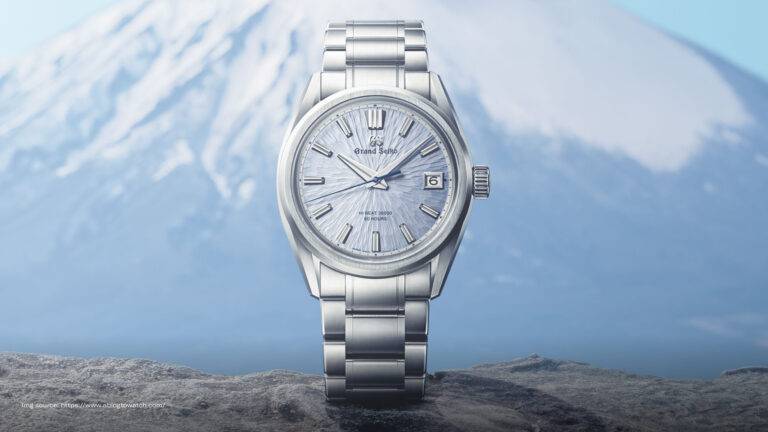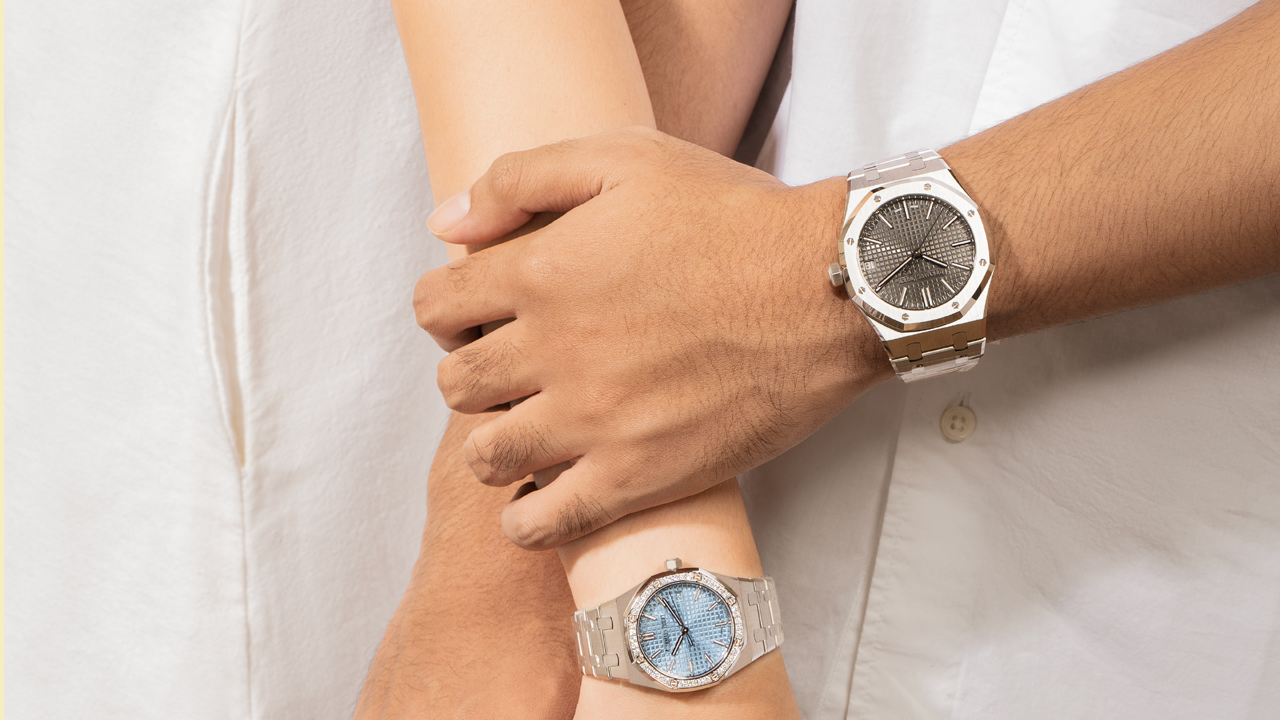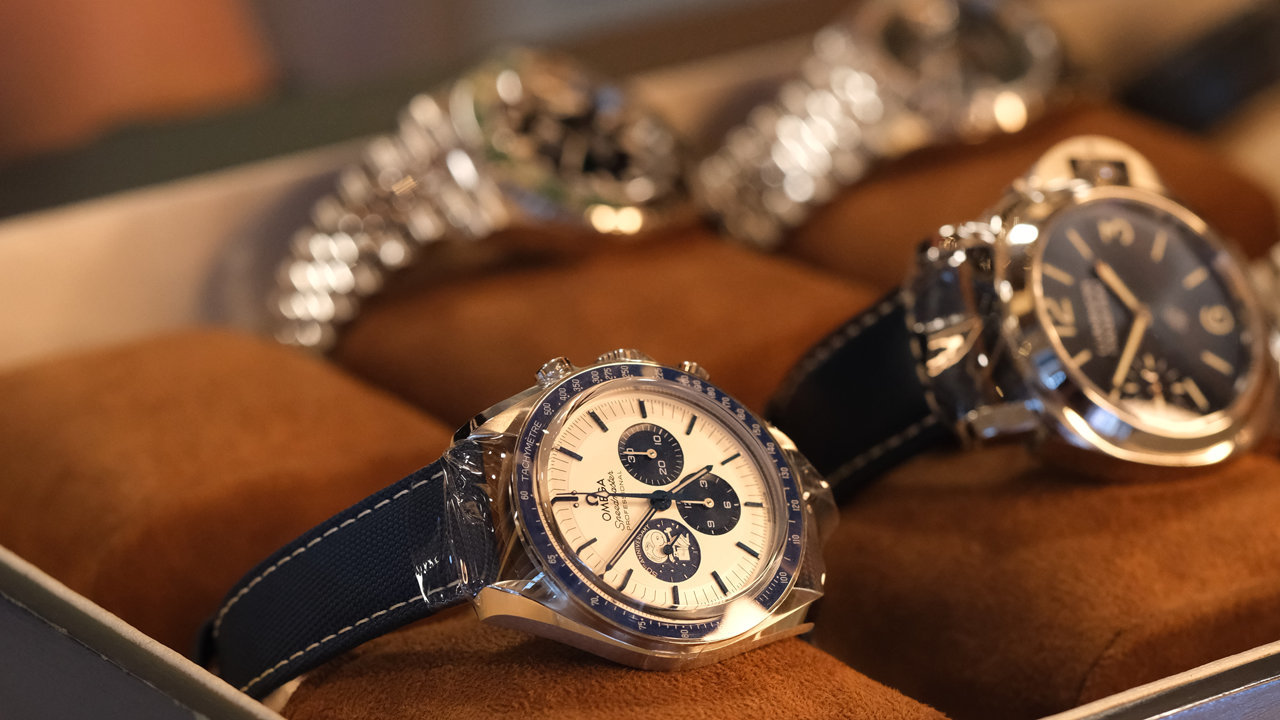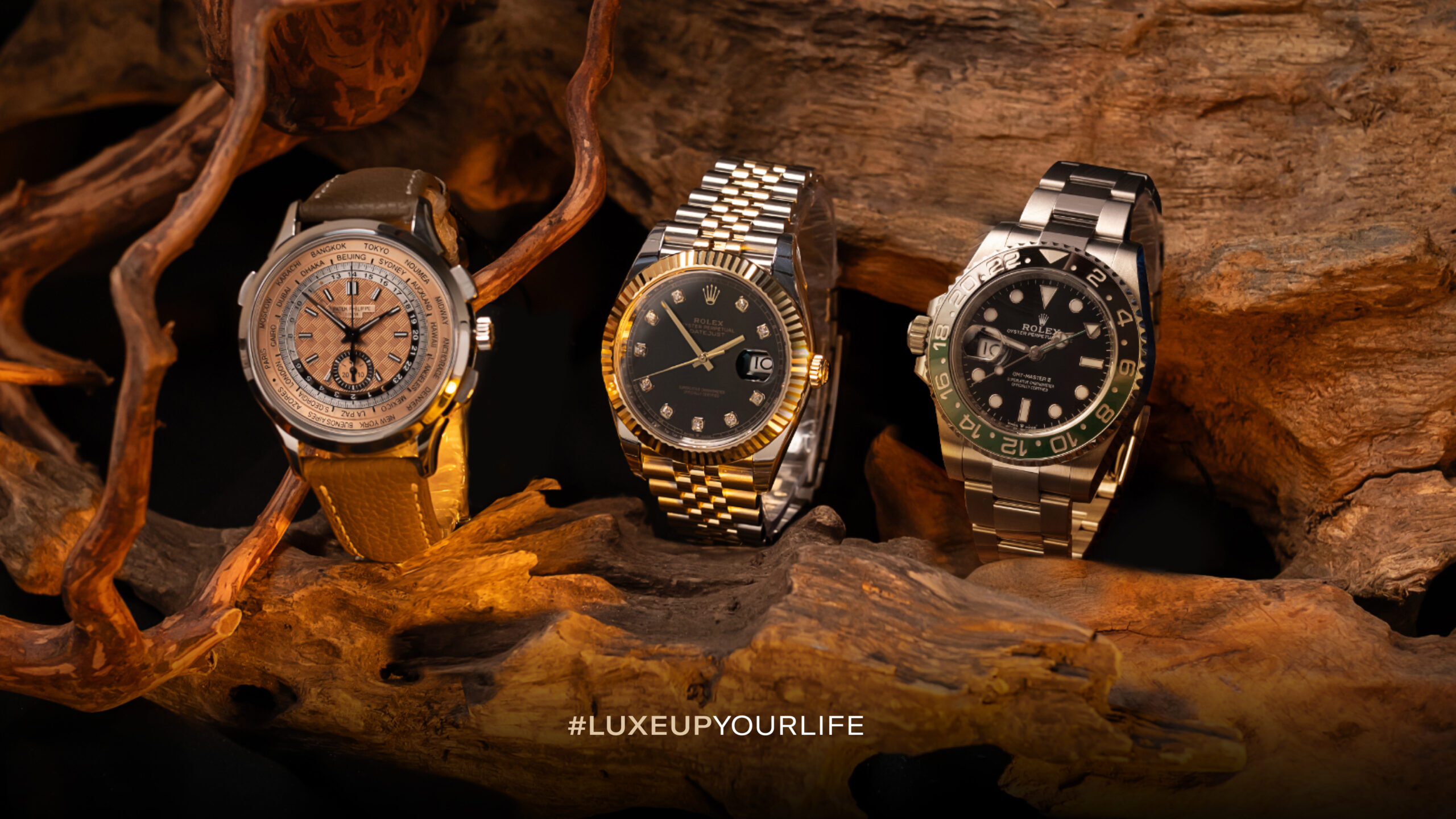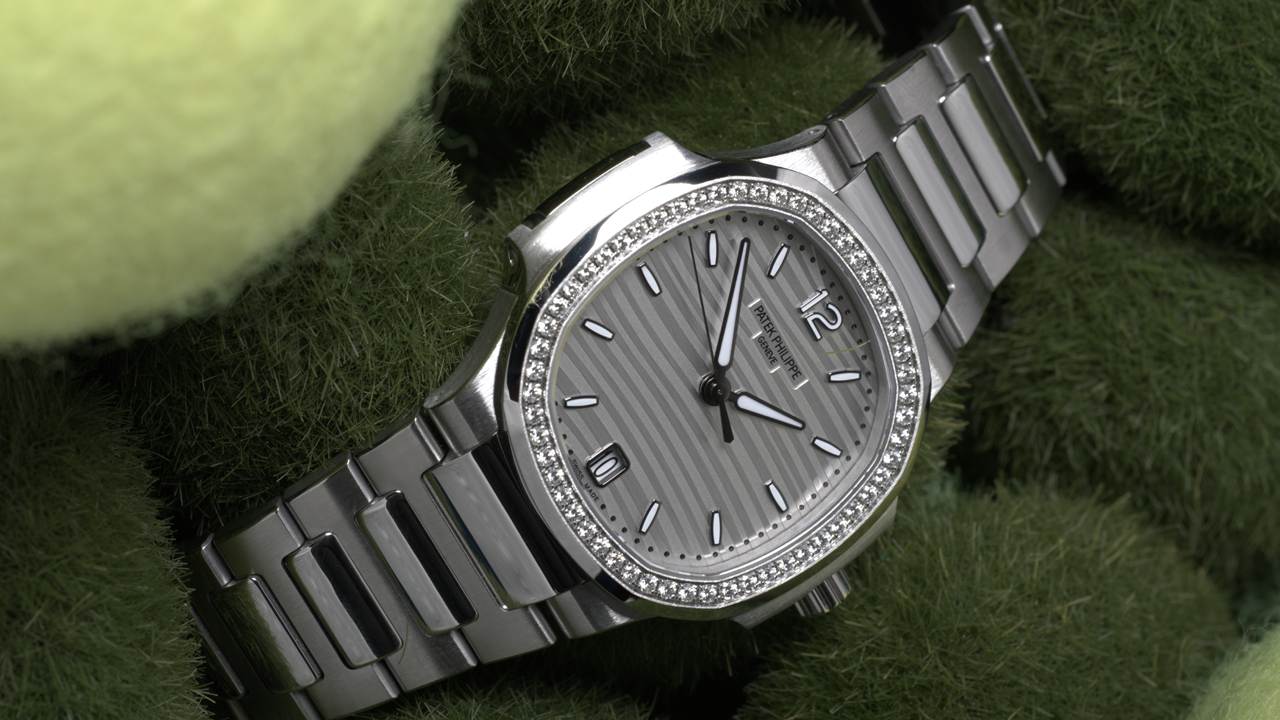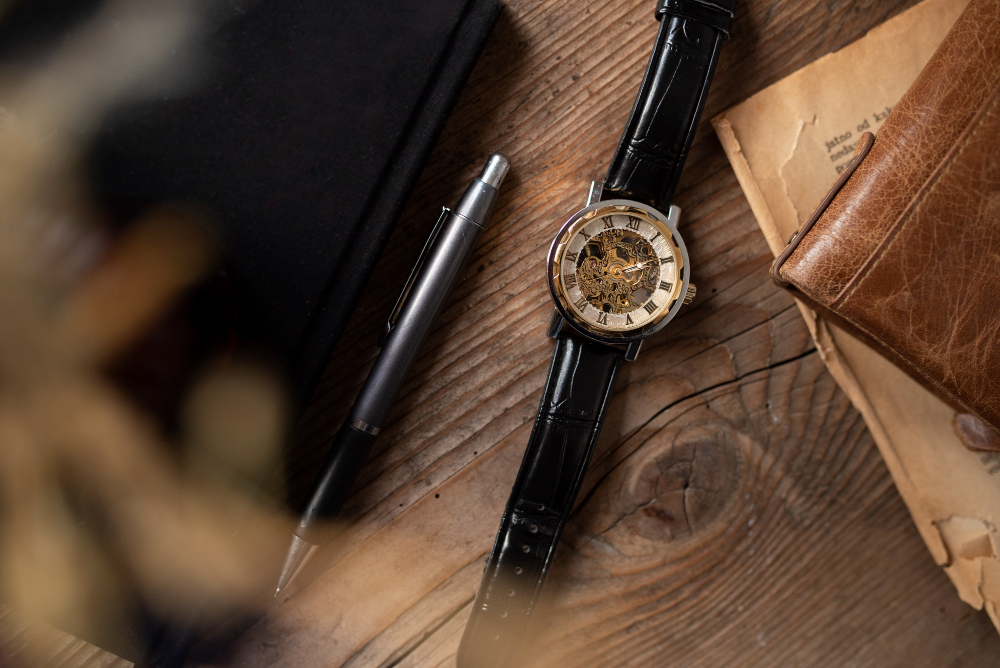When discussing the world of Japanese watchmaking, the comparison of Grand Seiko vs Seiko often becomes an inevitable topic. Both brands share the same heritage under Seiko, yet they stand in distinctly different positions within the horological landscape.
Seiko is celebrated for its accessibility and reliability, while Grand Seiko elevates craftsmanship into the realm of fine watchmaking, competing with some of the most prestigious Swiss names.
Exploring the differences between these two reveals more than just a matter of price. Let’s take a closer look at how Seiko and Grand Seiko differ in philosophy, craftsmanship, and value.
Read More: 5 Most Expensive Seiko Watches in 2025 and What Makes Them Special
Table of Contents
ToggleDesign Philosophy & Craftsmanship Compared
When comparing Seiko and Grand Seiko, one of the clearest distinctions lies in their design philosophy.
Seiko timepieces are crafted with a focus on practicality, durability, and mass accessibility. Their designs are versatile, ranging from sporty dive watches to elegant dress models, but they maintain an emphasis on function over extravagance.
Grand Seiko, on the other hand, is built around the Japanese principle of Takumi, master craftsmanship, where design is meant to capture light, shadow, and natural beauty in subtle, refined ways.
Check out authentic Grand Seiko watches in Luxehouze
Cases and dials also reflect this divide in craftsmanship. Seiko cases are typically straightforward, focusing on wearability and robustness, while their dials offer clean legibility.
Grand Seiko, however, pushes the boundaries of dial artistry, often drawing inspiration from Japan’s natural landscapes, such as snow, mountains, or cherry blossoms.
The movement technology further separates the two. Seiko equips its watches with dependable quartz, automatic, or solar movements designed for reliability and affordability.
Meanwhile, Grand Seiko invests in advanced horological innovation, including high-beat mechanical calibers and the proprietary Spring Drive movement, a unique fusion of mechanical energy and quartz precision.
Positioning and Brand
Seiko has long been associated with affordability, reliability, and accessibility, making it a go-to choice for everyday wearers and first-time collectors.
Grand Seiko, by contrast, was established in 1960 with a very different ambition: to compete directly with Swiss luxury watchmakers. Its brand identity is rooted in craftsmanship, precision, and exclusivity, positioning it firmly in the high-end segment.
Grand Seiko watches are marketed not just as functional instruments but as luxury objects, often priced in line with Rolex, Omega, and even higher-tier brands.
The distinction in positioning is also reflected in their branding strategies. Seiko appeals to a wide demographic with diverse collections that balance style and function.
Grand Seiko, however, emphasizes Japanese artistry, advanced movement technology, and limited production numbers.
Read More: 5 Best Japanese Watch Brands to Know in 2025
Vintage Value Comparison: Which Holds Its Worth Better?
In the secondary market, Seiko watches generally hold steady but modest resale values, reflecting their accessibility and wide production.
Many vintage Seiko models, such as the 62MAS diver or certain Presage editions, have developed niche followings among enthusiasts, but prices remain relatively attainable compared to luxury peers.
For most Seiko pieces, the appeal lies in affordability and history rather than long-term investment potential.
Grand Seiko, on the other hand, shows stronger resilience in the vintage and pre-owned market. Collectors often seek out rare references with distinctive dials, high-beat movements, or early Spring Drive calibers.
Limited editions and discontinued models in particular tend to appreciate over time, making them more attractive to serious horological investors.
While Seiko has cultural and historical significance, Grand Seiko clearly commands more desirability among collectors, reinforcing its standing as a high-end brand with lasting value.
Movement Comparison
One of the most striking differences between Seiko and Grand Seiko lies in their approach to movements.
Seiko has built its reputation on offering a wide variety of calibers across different price points, ranging from affordable quartz and solar movements to robust automatic calibers like the 4R and 6R series.
These are designed with reliability and mass production in mind, making them dependable choices for everyday wearers without demanding a premium price tag.
Grand Seiko, however, elevates movement engineering into the realm of fine horology. The brand is widely celebrated for its mechanical high-beat calibers, capable of 36,000 vibrations per hour, delivering exceptional accuracy and smooth sweep seconds hands.
Read More: King Seiko vs Grand Seiko: The Real Crown Jewel of Japanese Watchmaking in 2025
Beyond mechanical innovation, Grand Seiko pioneered the Spring Drive movement, a unique hybrid that combines the perpetual energy of a mechanical mainspring with the precision of a quartz regulator.
This results in remarkable accuracy of ±1 second per day and a seconds hand that glides effortlessly without the ticking of traditional watches.
In the end, the comparison of Grand Seiko vs Seiko highlights two sides of Japanese watchmaking excellence, one rooted in accessibility and everyday reliability, and the other in luxury craftsmanship and horological innovation.
Both brands carry their own distinct value, appealing to very different audiences, yet together they represent the depth and versatility of Seiko’s legacy.
If you are inspired to explore more timepieces beyond Japanese watchmaking, Luxehouze offers a wide collection of luxury watches from the world’s most prestigious brands.
Every piece is guaranteed to be 100% authentic and available at the best price, making it the perfect destination for collectors and enthusiasts seeking their next statement watch. So, visit Luxehouze today!
